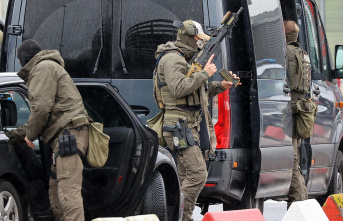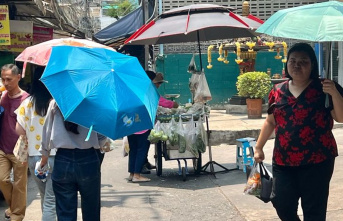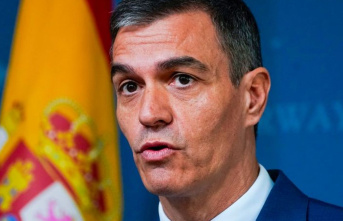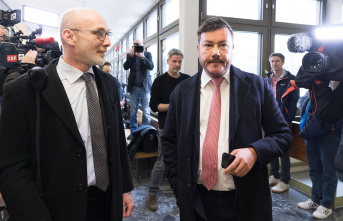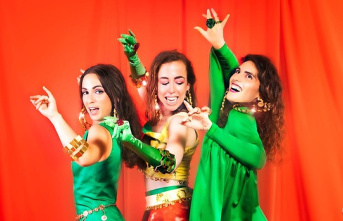In the district of Hortaleza, in the area also called Pinar del Rey, there is the parish, we would say in fact, Virgen del Castillo, San Isidoro and San Pedro Claver, a pastoral unit after all, a triangulation of temples that represent history expansion and contraction of the presence of the Church in an area that is configured with a mixture of ways of life. From the nearby Jewish community to the new immigrants, mostly from Latin America, or the elderly who arrived in the neighborhood at the time of the social and economic development of Spain.
The construction in 1970 of the impressive church of San Isidoro already brought a history of relationship with the Virgen del Castillo and San Pedro Claver parishes, which had developed in ground floor or premises at street level, a common practice in the implementation of the Church in Madrid in contemporary times.
At present, the three temples are still maintained, but the reference, due to its architecture, its size, its unique architecture, and the breadth of spaces, is the temple of San Isidoro. An architecture that imposes itself on the street due to its appearance of an interior castle, due to the whiteness of its external and internal walls, made of brick, and due to its luminosity. Access to the temple, through a wide gallery in the form of a cloister, which overlooks a green area, gives it a unique warmth.
There is a curious fact that should not go unnoticed if we talk about the temple of San Isidoro, who is the saint of Seville, the father of the Church. Just after passing through the main door, to the right, there are two small images that draw attention due to their location and the sense of their presence. A Sorrowful Virgin and a crucifix, of simple bill and classic beauty. The key is in the legend that accompanies the aforementioned images, which reads as follows: «Images provided by the Pasionaria. Dolores Ibarruri, better known as La Pasionaria, relevant in her role during the religious persecution in Spain between 1934 and 1939, converted and led a Christian life until the end of her days. She gave these images to a servant to donate them to the Church, which she did through D. Francisco Jiménez Lázaro, parochial vicar of this parish». This is how history is written.
This parish has a large group of priests who attend the three temples and, in addition, the chaplaincies of the Colegio de Cristo Rey and the Residencia de la Avenida San Luis. The parish priest is the young priest Jesús Silva, who has the help of a parochial vicar, Jesús Sánchez, and the associates, Jorge Molino and Francisco Jiménez. There is also a permanent deacon, Luis María Santamaría. It is no less, therefore, the work of an active community in which the lay faithful have a singular role. Only the enumeration of the groups that work in the parish gives an idea of that vitality that is perceived on a day-to-day basis: Bible Study, Faith Deepening Group, Conjugal Love Project, Couples Group, Mothers' Prayer, Nocturnal Adoration, Charismatic Renewal, Ascending Life, Christian Initiation of Adults, Professional Group, Youth Group. In addition, there is the group that is in charge of cleaning the temple and that of visitors to the sick.
In recent years, as a result of catechesis -in an area where there is a significant presence of families with children-, the number of those who attend the confirmation group has increased.
Volunteers are another of the strengths of this parish, as can be seen in Caritas. The headquarters of Caritas is in the temple of San Pedro Claver. During the worst of the pandemic, it served 600 families. Now there is an avalanche of people coming from Venezuela and El Salvador. Caritas works with about twenty-five families, about forty people monthly, in the satisfaction of their basic needs. The activity is closely coordinated with the services of Caritas of the Vicariate dedicated to housing and training for employment.
In the neighborhood, the Rosario de la Aurora is highly valued, which is celebrated on the last Sunday of May and which passes through the three churches of the parish unit on its way. This year, the image of Our Lady, Queen of Peace, will preside over that public prayer for peace in the world, for peace in Ukraine, for peace in the neighborhood.
2




